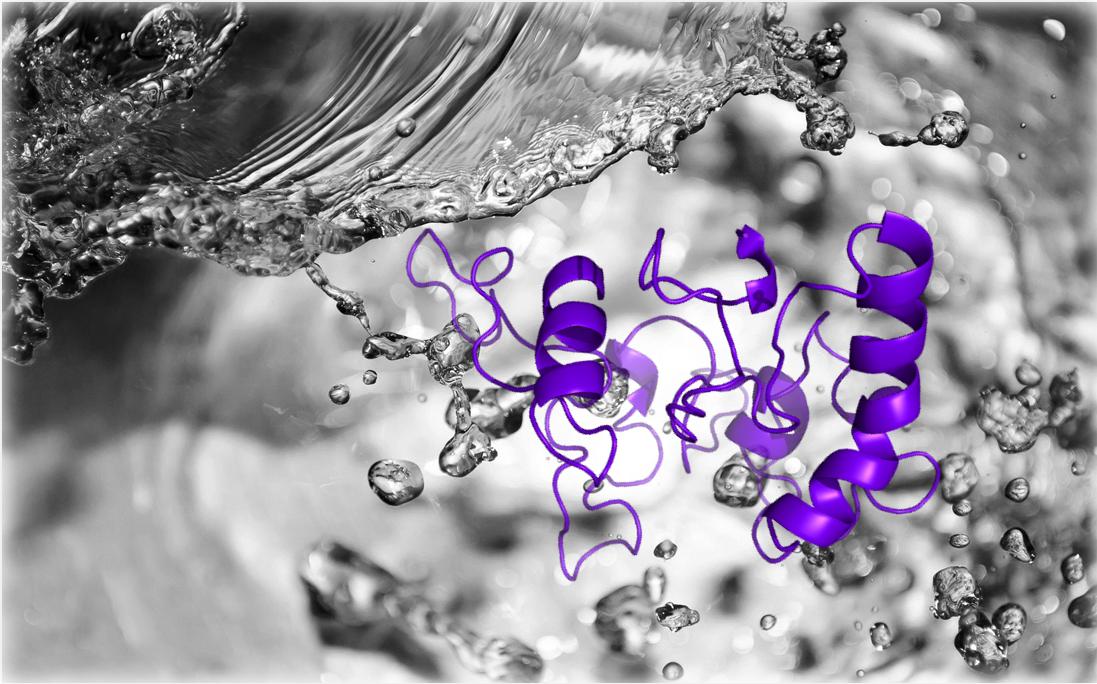Components and regions of expression vector
(Blue-White Screening,Multiple Cloning Site)

Components and regions of expression vector
Multiple Cloning Site
DNA cloning inside a vector involves the binding of the target DNA to the vector DNA. The restriction enzymes are used to enter the DNA fragment within the plasmid. These enzymes break the DNA molecule into a specific nucleotide sequence. These nucleotide sequences are called restriction enzymes. A group of restriction enzymes can create sticky ends at the end of the DNA fragment. These enzymes are applied to clone the desired gene within a plasmid. To do this, a DNA fragment that is supposed to be inserted into the plasmid is designed to have the restriction enzyme sites on both sides of the gene sequence. The desired DNA fragment is cleaved with the same restriction enzyme to give the same sticky ends, that complement the ends on the cleaved vector. The application of sticky ends is not enough for the production of DNA recombination as the interactions between the single-stranded regions are hydrogen bonds formed between nitrogen residues of DNA nucleotides and it has not enough strength to hold the two DNA strands together. To overcome this problem, phosphodiester covalent bonds must be formed between the nucleotides of DNA. This action is mediated by an enzyme called Ligase. To make cloning easier, most vectors have some specific positions called Multiple Cloning Sites (MSCs), which are used for identifying several restriction enzymes. Therefore, cloning can be performed by selecting the appropriate restriction enzyme. Many MCSs of plasmids overlap with the sequence encoding lacZ. When the target gene located in the cloning sites of these types of plasmids, the lacZ gene is inactivated, and the cells expressing plasmids would be distinguished from those not containing plasmids thereby a method called blue-white screening.
Blue-White Screening
For the selection of colonies expressing the recombinant plasmid, the Blue-White screen method is applied. In this method, the lacZ operon encoding the beta-galactosidase enzyme is employed. In the presence of X-gal in the culture medium, the enzyme converts X-gal into galactose and insoluble blue pigments, resulting in the formation of colonies with blue color. This characteristic of the lacZ operon has facilitated the screen of cells expressing the plasmid containing the recombinant gene. In this method, the restriction enzyme site is located within the lacZ operon. If the cloning process is performed correctly, the desired gene sequence would be positioned within the operon, and the lacZ operon will be deactivated.
Consequently, the beta-galactosidase enzyme is not expressed, and the resultant colonies containing cells that express the recombinant gene will appear as white colonies
White colonies have received the recombinant gene and blue colonies are without the plasmid contained recombinant genes.
Related posts: expression vector Marker Selection Ribosome Binding Site – expression vector Replicon and Promoter Region